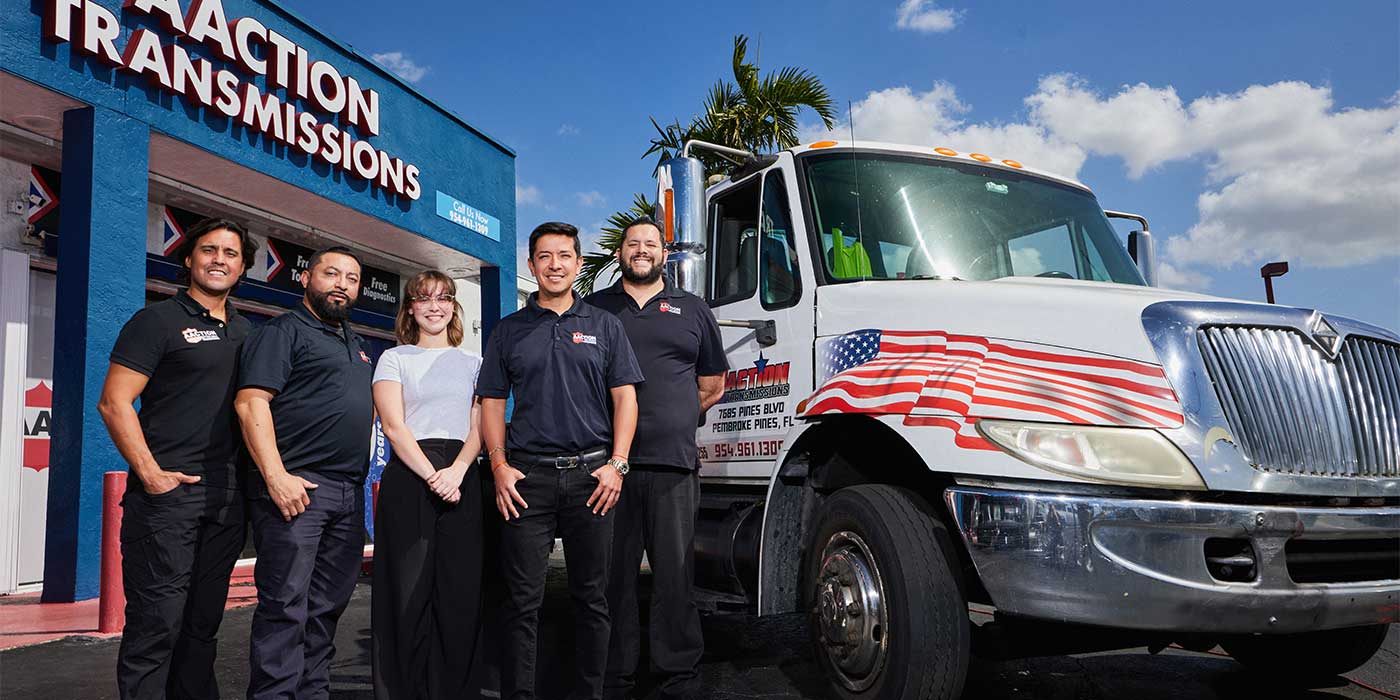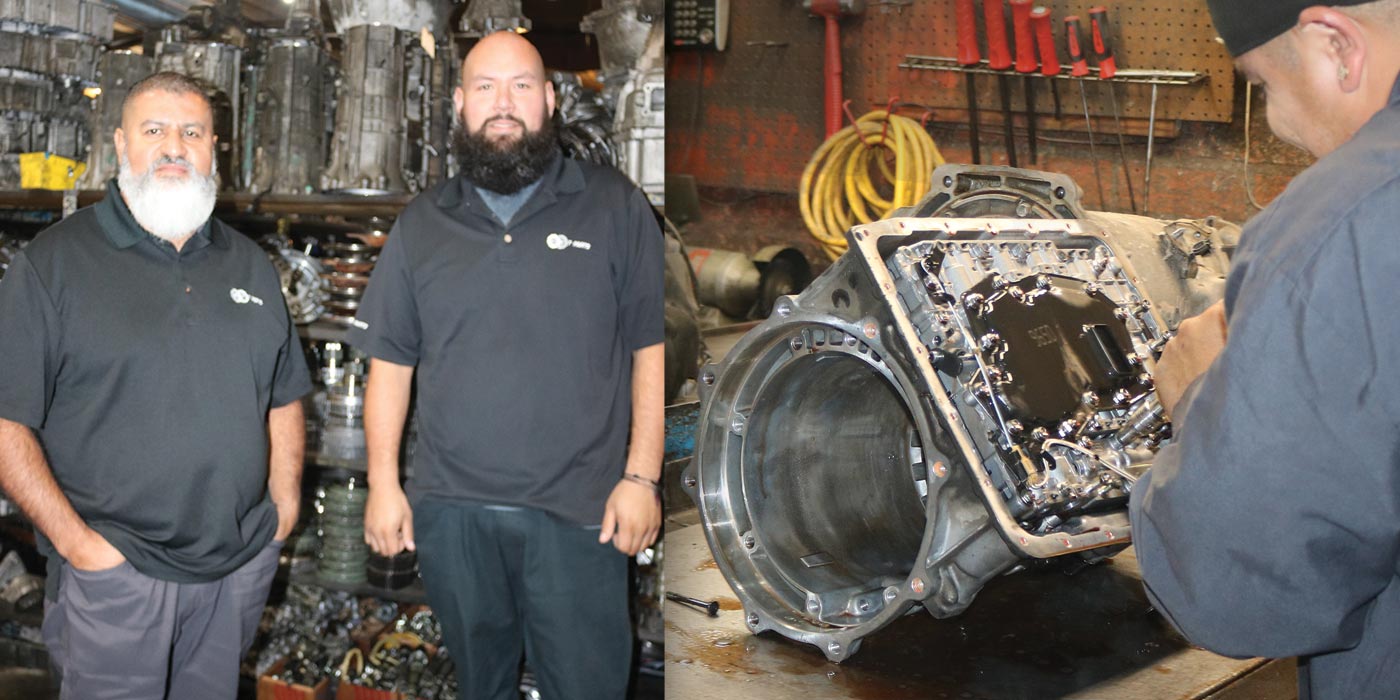When owning a luxury vehicle, one cannot be faint-hearted when the time comes to pay a repair bill. Even if you bought a used luxury car at a very good price, this doesn’t change the price of new components required to make that repair.
Such was the case with Kevin at Sampson Transmission. It began with him receiving a 2011 Porsche Panamera with a dual clutch from ZF known as the 7DT75(A) four-wheel drive transmission. It was towed to the shop with a complaint of barely moving. This was verified as having no reverse with forward being stuck in a high gear, causing its launch to be very sluggish.
Code retrieval revealed a P1731 for Shift Rod 1 displacement sensor and P1732 for Shift Rod 2 displacement sensor. These two sensors are part of an independent internal wiring harness assembly of four displacement sensors, two speed sensors and a TFT sensor with connectors that plug into three different pressure sensors—one for each double clutch up front (odd and even gears), and one for the four-wheel drive clutch in the rear. The second internal wiring harness connects to all the solenoids. This is why two side-by-side pass-through connectors will be seen with this transmission. The pass-through with the distance sensors is referred to as the A connector. Connector B contains the circuits for all the solenoids.
These shift rod “displacement” sensors are quite unique. The operating principle of these distance sensors works according to the “eddy-current” principle. By this method the computer can determine shift rod and fork position.
With very little material to go on, Kevin checked terminals A2 and A10 for power and A9 for ground along with inspecting the external harness for damage. Once no issue of corrosion or wire damage was found, the pan was dropped which includes the filter. The fluid and the pan were clean. He then decided to change the Displacement Assembly (see the image above). This is longitudinally mounted in the case under the valve body.
To change it is easy; to buy it is not. The average price for this assembly in the U.S. runs around $1,700. A new pan with the filter is another $600. A total of 2300 green backs for parts only, minus labor and fluid. This is not only an “eddy-current” device, but also an “eddy-currency” device. You can almost hear the customer say, “Eddy chance you’re mistaken?”
In this case, the owner said, “Do whatever it takes to do it right.” This guy was not a faint-hearted owner of a luxury car. In fact, if you look around on the internet, you will discover two things: the first is that there are aftermarket displacement assemblies for around $170 with a one-year warranty, or OE used for $1,000. Kevin decided to go with a new assembly from the dealer to ensure that his customer received the best that he could provide, especially since he was not haggling over the price.
The second discovery you will make is that this is a common problem. This sensor is known to go bad, so buying OE new is really the best service a shop can provide to its customer. There is a very good YouTube video you can watch about replacing this expensive assembly. Another good point to know about this is that once you install this assembly, it is plug and play. No programming is necessary.














